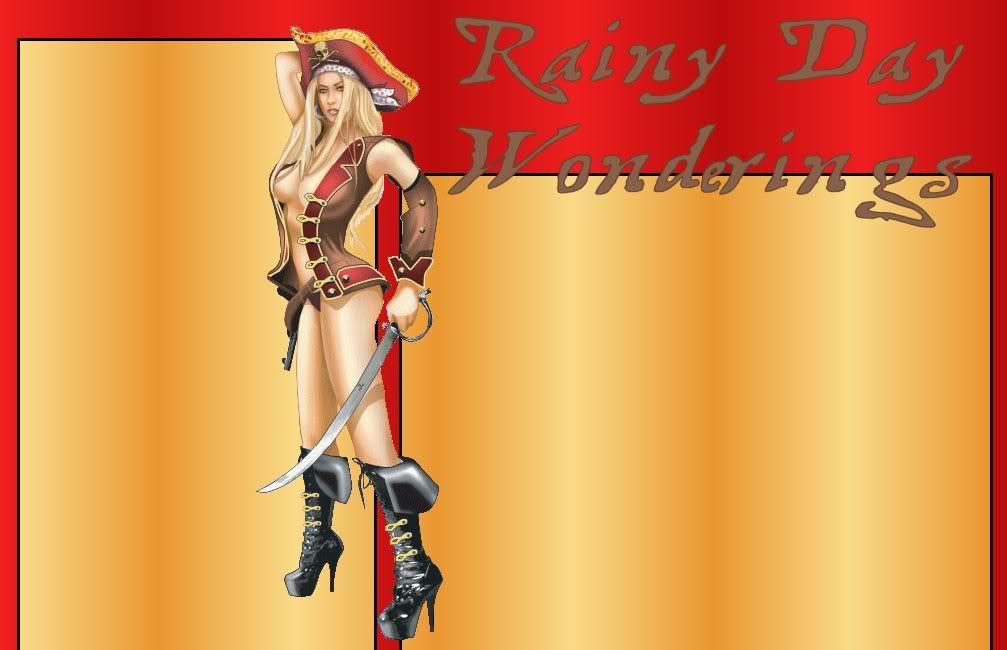

What is ecphrasis?
Ecphrasis has been considered generally to be a rhetorical device in which one medium of art tries to relate to another medium by defining and describing its essence and form, and in doing so, relate more directly to "you", the audience through its illuminative liveliness. A descriptive work of prose or poetry, a film, or even a photograph may thus highlight through its rhetorical vividness what is happening, or what is shown in, say, any of the visual arts and in doing so, may enhance the original art and so take on a life of its own through its brilliant description.
The Starry Night
by Anne Sexton
That does not keep me from having a terrible need of—shall I say the word—religion. Then I go out at night to paint the stars.
Vincent Van Gogh in a letter to his brother
The town does not exist
except where one black-haired tree slips
up like a drowned woman into the hot sky.
The town is silent. The night boils with eleven stars.
Oh starry starry night! This is how
I want to die.
It moves. They are all alive.
Even the moon bulges in its orange irons
to push children, like a god, from its eye.
The old unseen serpent swallows up the stars.
Oh starry starry night! This is how
I want to die:
into that rushing beast of the night,
sucked up by that great dragon, to split
from my life with no flag,
no belly,
no cry.
Anne Sexton, “The Starry Night” from The Complete Poems of Anne Sexton (Boston: Houghton Mifflin, 1981).
Now tell me what you think...Does the piece of literature visually describe the artwork? Do you find the description accurate? Does the literature draw conclusions or make interpretations of the artwork? Could you reconstruct the artwork from the literature without ever seeing it? Does the author focus on some aspects of the artwork but ignore other parts? Do you think the poet or the songwriter better captures the feeling and mood of the painting?
N Posted by Rain at 9/25/2007 12:55:00 AM
![]()
![]()



